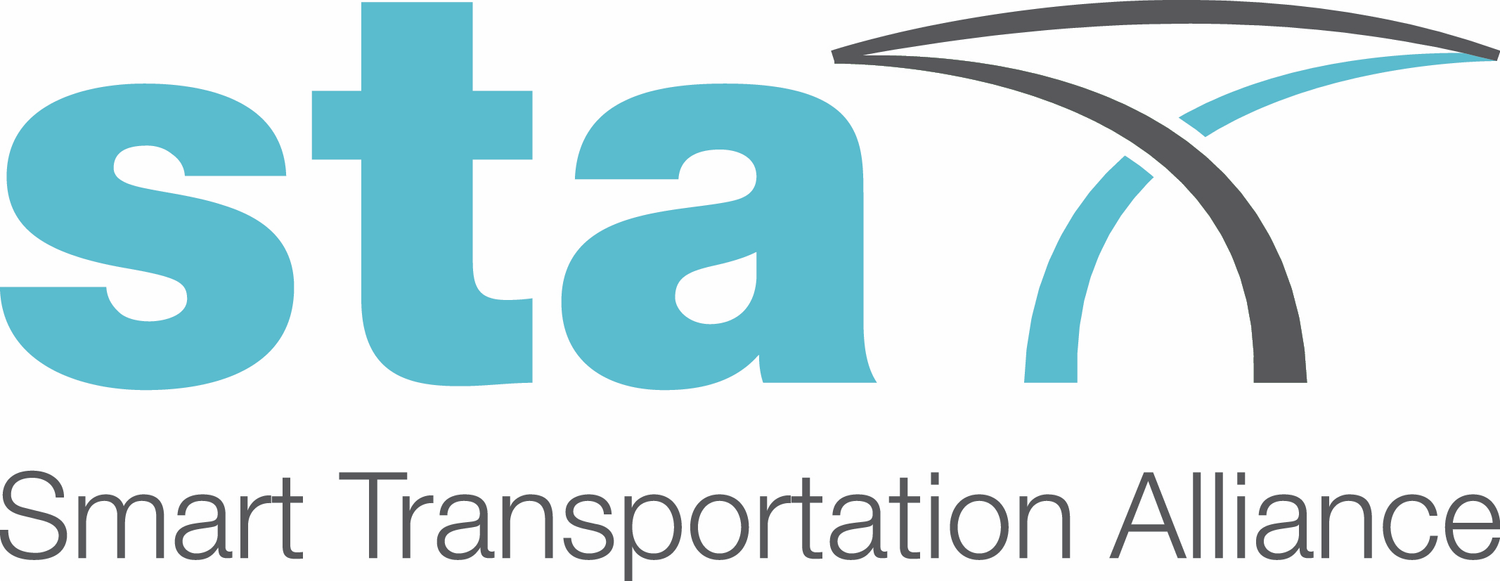STA SMART TALKS WITH CESAR BARTOLOME: APPLYING TAXONOMY TO THE CEMENT INDUSTRY
Do not miss episode two of STA SMART TALKS. Host & STA President Dr Jose Papí invites Mr César Bartolomé, Director for Innovation at the Spanish Institute of Cement and its Applications (IECA), for an interesting discussion that delves into the application of the new EU classification to the cement industry and explains whether cement, one of the most important components for transportation infrastructures, can be eligible under the new taxonomy criteria.
Mr Bartolomé highlights the need to distinguish the taxonomy system from the emission trading system (ETS), the key tool for reducing greenhouse gas emissions cost-effectively. Additionally, he calls attention to the fact that taxonomy should not be confused with the decarbonisation plan within the “Fit for 55’ package ”, on the path to climate neutrality.
The new EU taxonomy can be perceived as a tool for investors, defining environmentally sustainable criteria for economic activities, in line with the European Green Deal objectives. Cement has been declared by the European Commission as a transition technology for climate change mitigation, where there is no technologically and economically feasible low-carbon equivalent (art.10.2).
Mr Bartolomé introduces the criteria his company is following to consider cement a green economic activity:
Climate change mitigation: Cement & clinker must have a carbon footprint of under 469 kg CO2/ton & 722 kg CO2/ton respectively.
Climate change adaptation: A limitation for cement at 530 kg CO2/ton and for clinker at 816 kg CO2/ton, in order to achieve resilience and whereas other taxonomy criteria are not negatively affected.
Circular economy: Although criteria have not been defined yet, secondary materials such as waste, and recycled materials are included in the production of cement.
Sustainable use of water and protection of marine resources & and protection of ecosystem: The cement industry does not involve extensive use of water in the production of cement & and is aligned with all biodiversity measures.
In conclusion, Mr Bartolome states that cement & and concrete products are eligible if the criteria mentioned above are followed.
He rounds off the presentation by highlighting the importance of cement not only as a significant part of global economic development but also as an integrated part of our daily lives. For these reasons the transition to a sustainable future is essential.
Watch the full episode below & learn more about the application of the new EU classification system to the cement industry.
Stay tuned for more and do not forget to subscribe to the ‘STA in Action’ Newsletter and be the first one to learn all updates in the path towards Smart Transportation Infrastructures.
Author: Eftychia Koliou (Smart Transportation Alliance)

